Polish shepherd dogs: breed description, feeding and care

Polish Shepherds are considered the best helpers for working in the herd, watchmen and loyal friends. In addition, this breed of dog is characterized by small size, intelligent eyes with a keen gaze and beautiful coat. Due to their docile nature, they get along well with other pets, but their maintenance requires some care and proper nutrition.
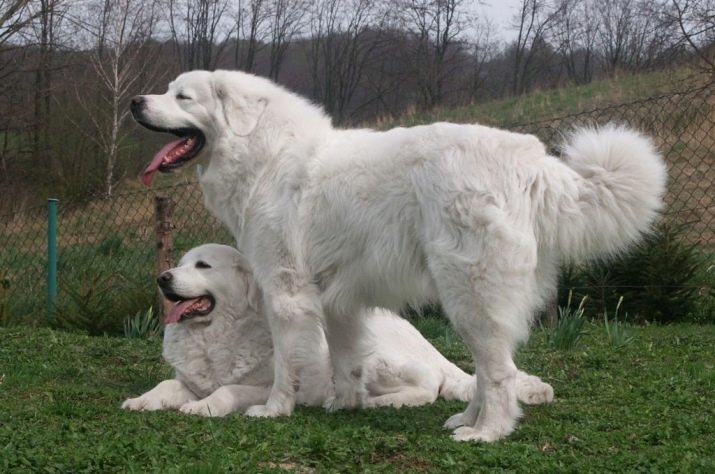
What breeds are there?
The Polish Shepherd Dog belongs to a special type of dog that is not adapted for life in a house or apartment. These dogs are best kept outdoors as they like to spend most of their time outdoors. It should be noted, however, that chain or aviary content is not suitable for these handsome men. Such shepherd dogs perfectly adapt to any conditions of life, withstand extreme cold and sultry heat.

Their fur is mostly white, but color can vary depending on the breed, each with its own characteristic and description. Today, Polish Shepherd Dogs are divided into two main breeds: lowland and podgalyanskaya.
Lowland
This breed was officially approved in 1998. Its representatives are distinguished by medium height, thick, long hair, muscularity and high activity. On average, the growth of males is from 45 to 50 cm, bitches - from 42 to 47 cm.The main traits in the character of lowland shepherd dogs are discernment, vigilance, obedience and quick learning. In addition, the breed is famous for excellent memory.
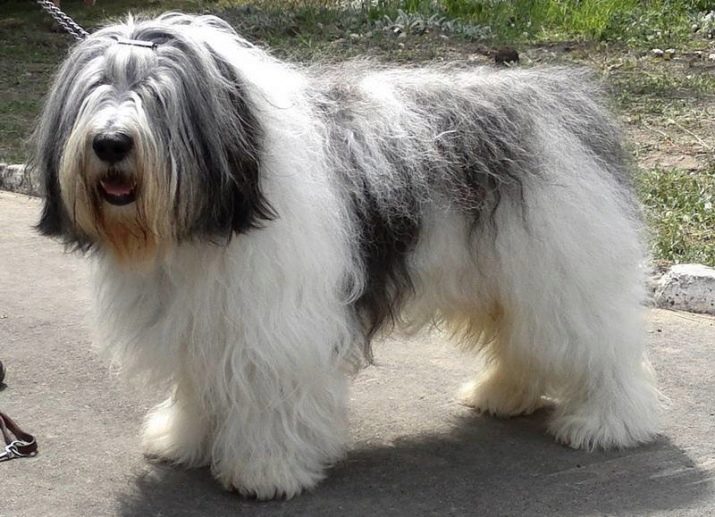
The head in dogs is proportional to the size of the body, but it does not look massive.Since there is abundant hair on the chin, face of the head and cheekbones, the head of the animal visually appears larger. The frontal furrow and the occipital protuberance are noticeably pronounced, so the transition to the muzzle is clearly visible. The ears of the pet are heart-shaped, drooping, set high and slightly wide at the base. The ears are medium in size, but their lower part reaches the cheekbones of the animal.
The eyes are oval in shape, brown in color. The muzzle is strong, with a straight nose, the nostrils are wide open. The bite of the shepherd dogs of this breed can be either straight or scissor bite. The lips tightly cover strong teeth, their corners are painted in a dark shade.
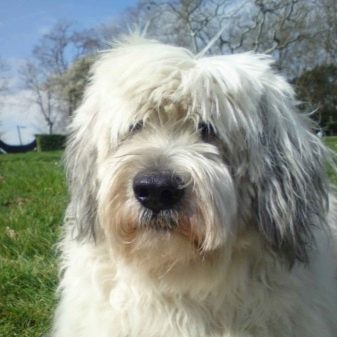

The withers of the sheepdogs of this breed are well expressed, the neck is set high, without dewlap, and muscular. The chest is deep, of medium width. The ribs are rounded, the back is characterized by well-developed muscles, it is even. The paws of the Polish Lowland Sheepdog are oval, set erect and straight, the nails are short, the pads are strong. The animal's movements are light; during a calm step, they resemble dancing.
The tail of these dogs is short; it is additionally docked in some countries. It is covered with thick hair. The coat of shepherd dogs is coarse, dense and abundant, the undercoat is soft. Coat color can be of any shade.
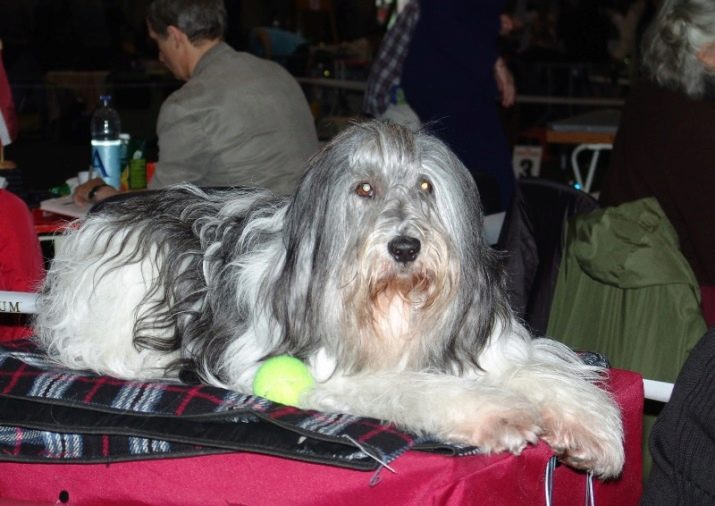
Podgalyanskaya
The first representatives of this breed appeared in the 17th century in Podhale. There are also mentions that white shepherd dogs were bred from Tibetan mastiffs in East Asia, their species was later crossed with "Caucasians" and "Mongols". The exact descriptions of the Podgalyan breed were provided by W. Wieland in 1938, he called them "mountain shepherds". After some time, the dogs living in the Carpathians and Tatras were crossed with the Hungarian kuvas, and already at the beginning of the 20th century, the so-called Tatra breed appeared.
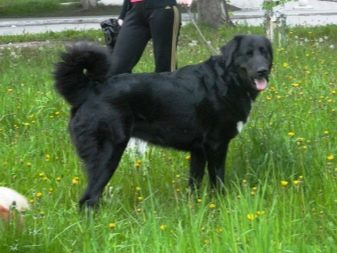
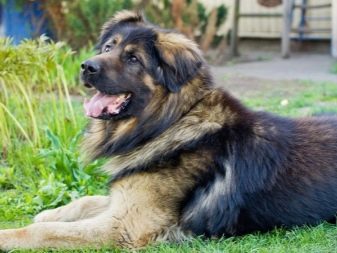
The Podgalyan shepherd dogs are considered the main representatives of large shepherd breeds, the main purpose of which is to protect and protect people and livestock from predatory animals. In addition, such shepherd dogs can perform other functions: to guide and keep the herd in one place, to look for lost animals in the steppe and mountains.
In everyday life, pets have established themselves as excellent guards with a calm character, who are always ready to stand up for the owner.
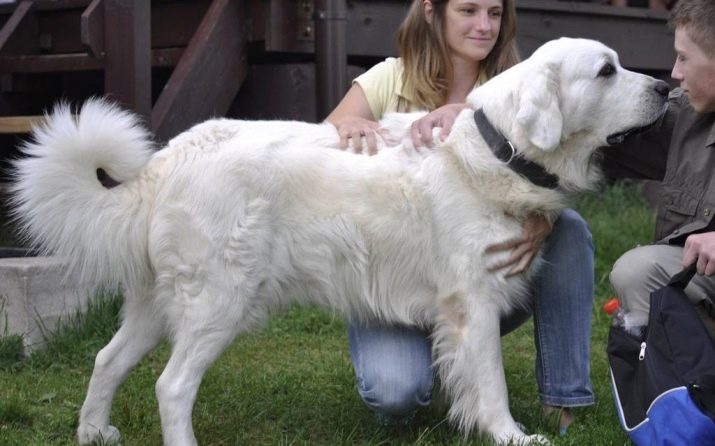
As for external descriptions, then dogs of this breed are of medium size and compact build... They look hardy and strong. The coat is white, thick and short. The growth of bitches at the withers is no more than 75 cm, males - from 65 to 70 cm. The Podgalyanskaya Shepherd Dog is similar to the Hungarian Kuvasz, Maremma-Abruz Sheepdog and Chuvach. This is due to the presence of common genes with the ancestors of these breeds.
The head of the dogs is proportional to the body, the skull is slightly rounded, the muzzle has a wide bridge of the nose, which gradually tapers towards the black nose. Typically, the length of the muzzle is slightly greater than or equal to the length of the skull. The lips have dark rims, the teeth are strong and have either a straight or scissor bite. The eyes are set obliquely, they are small, expressive and differ in dark brown color. The ears are triangular in shape, overgrown with thick hair, set slightly higher than the outer corner of the eyes.
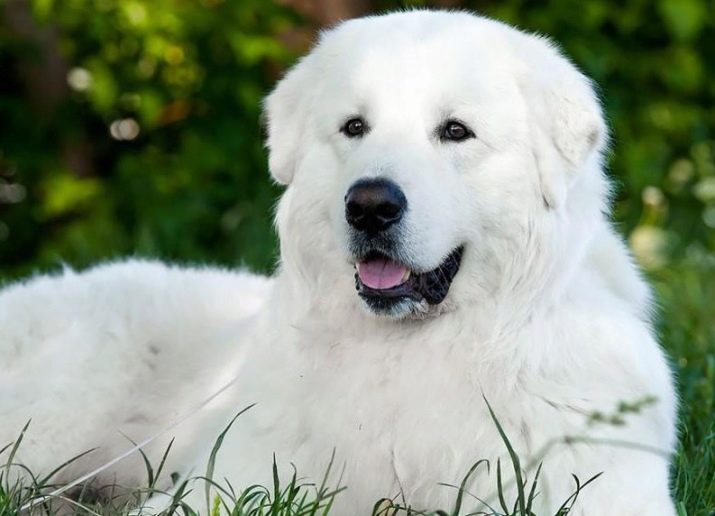
The neck of Shepherd Dogs is of medium length, muscular, without dewlap, there is an abundant "mane" on it. The body is stretched and massive. The back and withers are well defined and level. The ribs are flat, the belly is tucked up, the chest is deep. The tail of shepherd dogs is not long, during excitement or interest it rises, and in a state of calm it is usually lowered.
Forefeet parallel straight and straight, well muscled. If you look at the hind legs, you can see moderate angles on them. Pads are oval, dark in color, hard, strong and blunt nails. As for the hair, it is short on the front and back of the legs, head and muzzle.But the whole body and neck are covered with beautiful and long (straight or wavy) fur, while a fluffy “collar” is clearly visible on the neck, and clear feathering is noticeable on the hips.
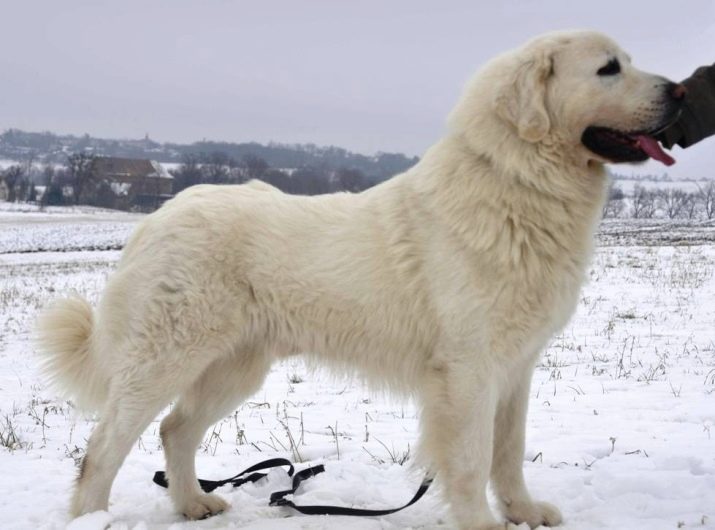
How to choose a puppy?
The Polish Shepherd Dog is considered the most popular breed among dog breeders, but it is quite rare and is most often found in America and the Netherlands. To date, it has become possible to purchase puppies of this breed both in many kennels in Europe and from individuals who are engaged in breeding dogs. At the same time, the price for puppies can be different, it all depends on the purebred parents.
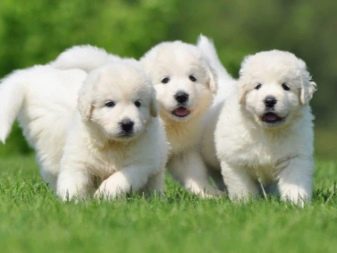
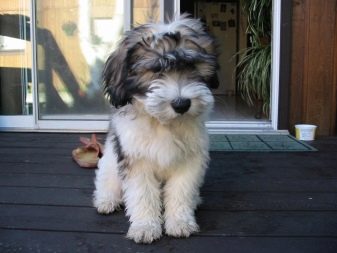
Therefore, before you buy such a handsome man, you need to ask the seller about the availability of relevant documents confirming the origin of the dog.
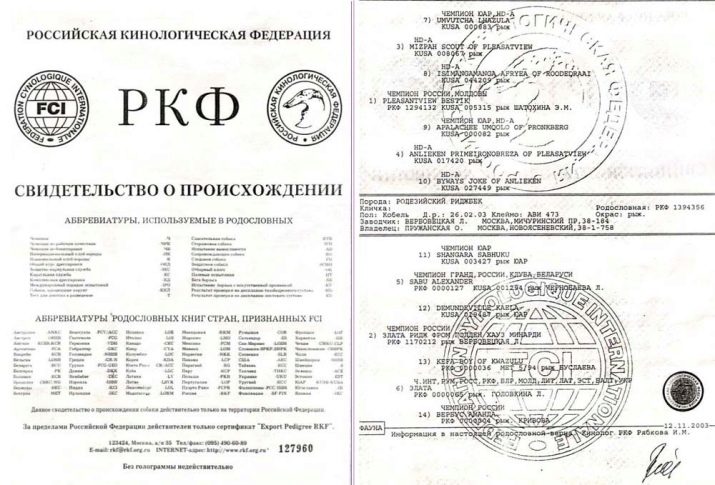
Since hip dysplasia is one of the most common diseases in this breed of shepherd, it is important to make sure that the puppy does not inherit it from its parents. To do this, sellers of the puppy must provide X-rays of the parents, made by "mom and dad" at the age of one year. In addition, the parents of the baby must possess certificates of completion of courses for obedience to the OKD.
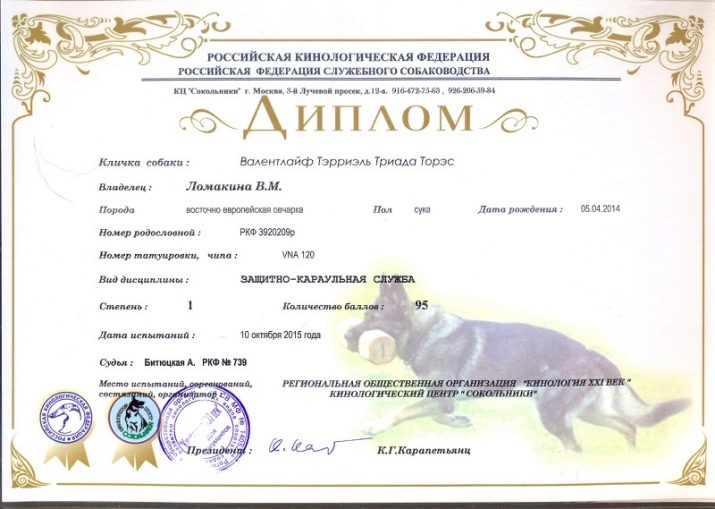
The mother of the babies should have normal body condition, look healthy and be active. When choosing a puppy, it is also important to evaluate the conditions of its maintenance, the quality of feeding. Pets should spend a lot of time outdoors and be in free movement at all times. This will ensure the dogs develop their musculoskeletal system correctly.
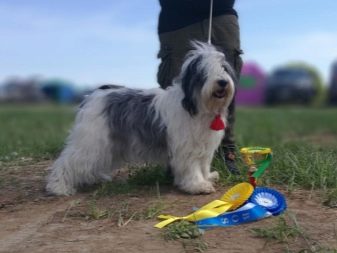
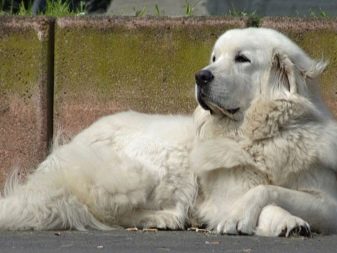
Starting from 2 months of age, Polish Shepherd babies meet all breed standards, therefore, when buying them, you should pay attention to the format of the body, the set of the ears, the bite and the strength of the paws. In addition, purebred representatives of the breed have a special puppy card and brand.
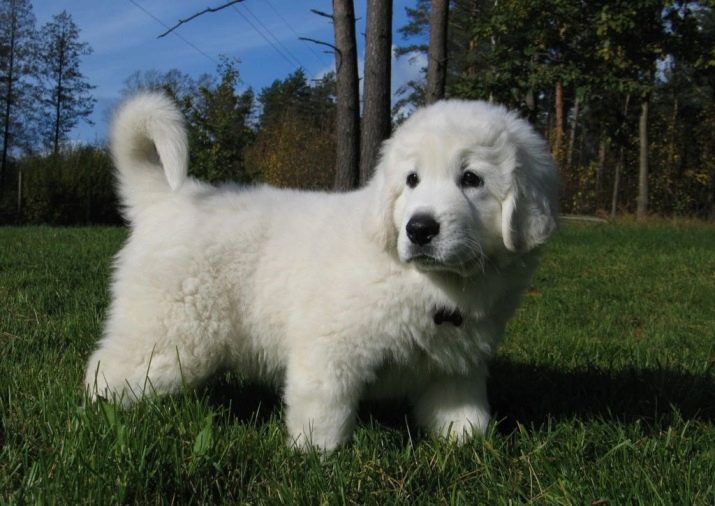
It is recommended to acquire a baby exclusively in specialized nurseries if he has a personal veterinary passport, which must have vaccination marks. As for the chip, it is required only for transporting the animal to other countries.
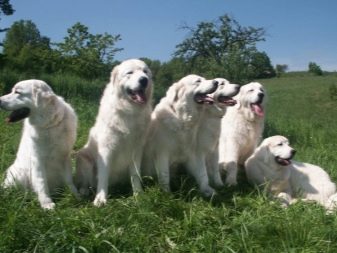

Maintenance and care
The Polish Shepherd Dog belongs to the type of dog that is not intended for breeding at home. They require constant being outside and perfectly adapt to any climatic conditions of the region. That's why if you plan to purchase this dog for keeping in an apartment or house, it is better to refuse such an undertaking... In such conditions, the animal will not receive the necessary physical activity, especially for puppies.
To make the Polish Shepherd truly happy, it should be kept in open areas where it can feel like a herding dog and a reliable guard.
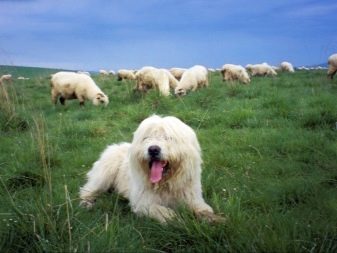
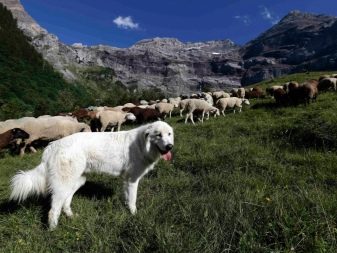
The Polish Shepherd Dog should receive moderate physical activity, and in addition to walking in the yard, it should be given access to run outside it. Not only long walks in the fresh air, but also swimming are of great benefit for the dog.
As for grooming, it is not considered difficult, however, procedures that are important for the dog should not be neglected.
- Regular brushing and bathing. This is necessary in order for the coat to retain its attractive and neat appearance. Despite the fact that the snow-white coat is prone to self-cleaning, the pet can fall out in the mud while playing outdoors. During molting, the shepherd should be combed abundantly, it is best to do this daily.
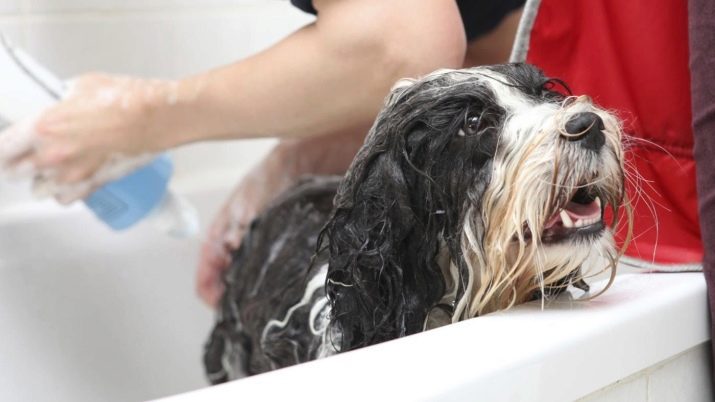
- Inspection of the ears... The ears should be cleaned at least once a week.
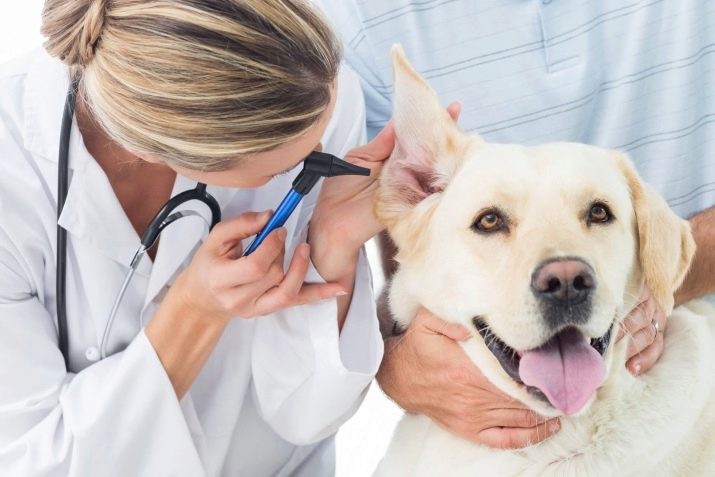
- Shearing claws. As necessary, claws are cut to the desired length. This is done if they do not have time to grind off on their own.
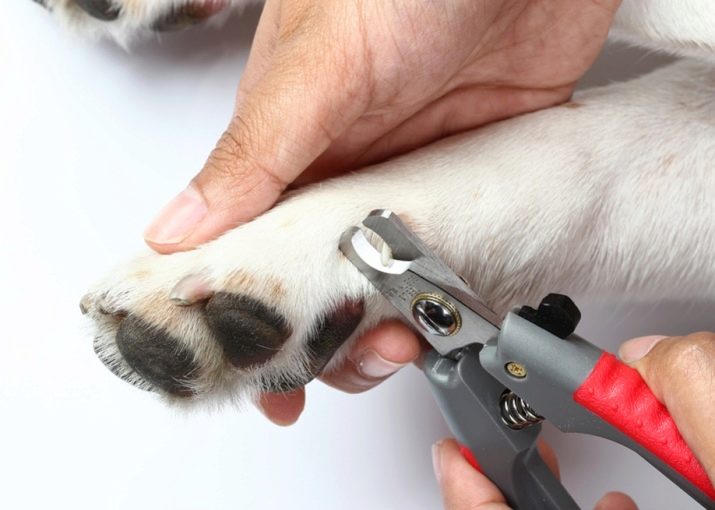
Feeding
The Polish Shepherd Dog eats in portions according to its size, while trying to save on the quality of food is impossible.To feed the pet, the owner can independently select the type of food: give preference to ready-made dry food or homemade food.
The diet is made taking into account the activity, size, age and physiological characteristics of the dog. When choosing ready-made feeds, it is best to opt for premium products. Food should be appropriate for the breed and age of the pet.
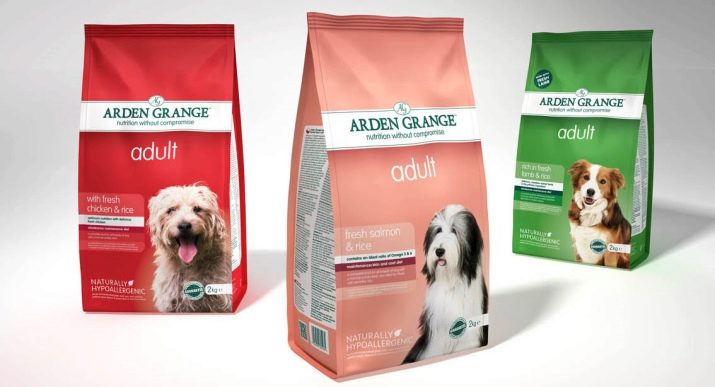
In some cases, according to the recommendations of the veterinarian, you can add to the pet's menu mineral elements and vitamins, they are especially important during the growth of puppies. When feeding the shepherd, care must be taken to ensure that the food does not cause allergic reactions in it. In addition, do not give your dog large portions.
To prevent gastric volvulus, to which representatives of this breed are prone, experts recommend adhering to all preventive measures.
Training and education
Polish shepherd dogs, regardless of breed, are perfectly adapted to life in the open air, in this they are similar to aboriginal dogs. In addition, such shepherd dogs in the wild can quickly find food for themselves and engage in single combat with wolves, where they will always win.
As for keeping a dog with human participation, it requires compulsory education and training. Thanks to this, the dog will not lose its guarding abilities. Dogs of this breed are quite intelligent and they do not have a "digging" mania, therefore letting your pet go for a walk in the garden, you can be calm that the flower beds and the garden will remain safe and sound.
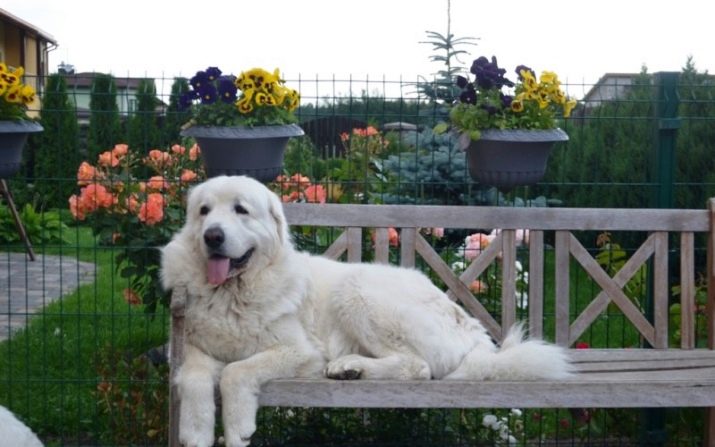
Polish Shepherds get along well not only with all family members, but also with other animals in the house. Even without special training, the dog can be safely left with the child. She will never touch the baby, and in the event of the encroachments of strangers, she will protect him. Such handsome men make excellent nannies. During the upbringing of a pet, you cannot show a rude attitude, dogs of this type cannot stand it. They also do not like coercion, so if you behave wrongly with the dog, it will show strong stubbornness.
It is advisable to start training from an early age, you need to do this at ease and easily, having previously established a trusting contact with the pet. Since dogs have innate guarding skills, there is no need to train them to do this.
Shepherd dogs themselves know how to protect and defend the territory. Dog breeders recommend starting training gradually; at its first stage, the character of the pet should be well studied.

Polish Shepherds of all breeds are suspicious of strangers and strangers and may show dissatisfaction or aggression towards them. Even while doing their own thing or just playing, they will constantly observe the "strangers". The pet begins to use its teeth only in extreme cases, while it does it instantly, without warning, barking. To avoid undesirable situations, the dog should be taught such commands as "No!" and "Fu!"
Classes with a puppy must be carried out in a playful way, allotting for this short periods of time. If the baby has an innate talent, it needs to be revealed - a good shepherd and a guard can turn out from a shepherd dog. The only thing a dog of this breed is not adapted to (psychologically and physically) is participating in various sports and performing circus tricks.
If you treat your pet correctly, show patience in its upbringing, then over time, a loyal and intelligent dog will grow out of a naughty puppy.
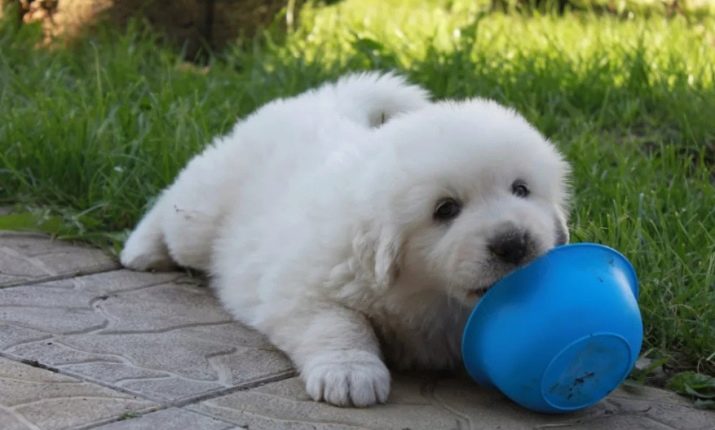
Suitable nicknames
Before you name a Polish Shepherd Dog, you should choose the right nickname for it, taking into account the meaning of the name. The nickname is embedded in the character of the pet and gives it a special charisma. The most popular nicknames for boys of the Polish Shepherd Dog include: Bayt, Castro, Cruz, Stalker and Beethoven.In addition, many pet owners prefer such astrological and mystical names as Kant, Neptune, Sirius, Altair. The following nicknames for boys are in fashion this year:
- Ford;
- Horace;
- Scythian;
- Socrates;
- Baron;
- Best;
- Carat;
- Zat;
- Tyson;
- Ralph.
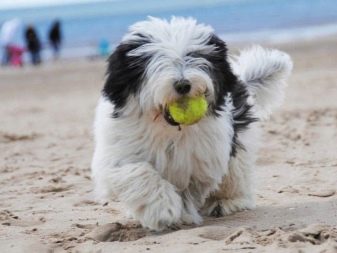
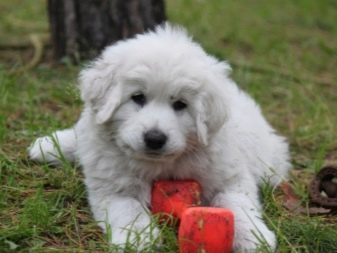
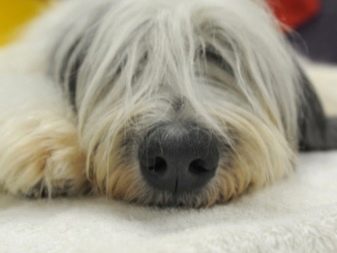
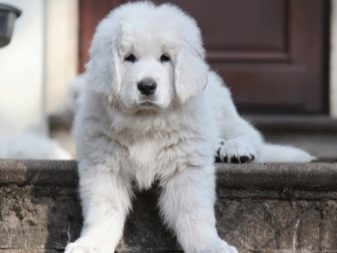
For a girl, choosing a nickname, it is advisable to take into account not only the size of the dog, but also the color of her fur. Most often, the owners of Polish Shepherds give them the nicknames of flowers or famous movie characters. It can be Venus, Sherry, Harp, Uma, Penelope, Lama, Avrika, Monroe. The most common nicknames for girls are:
- Leah;
- Pilma;
- Margot;
- Tina;
- Emma;
- Nura;
- Rosie;
- Ora;
- Frida;
- Ilda.
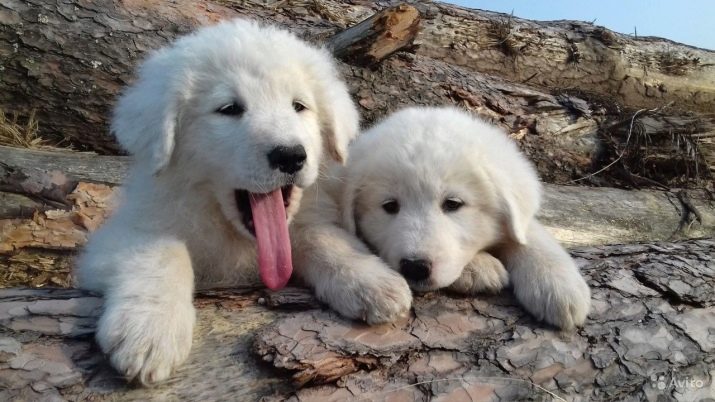
It should be remembered that puppies usually get used to their nickname in a few days. To speed up this process, the pet should be constantly called by name during play and when executing commands.
For information on how to keep Polish shepherds, see the next video.






































